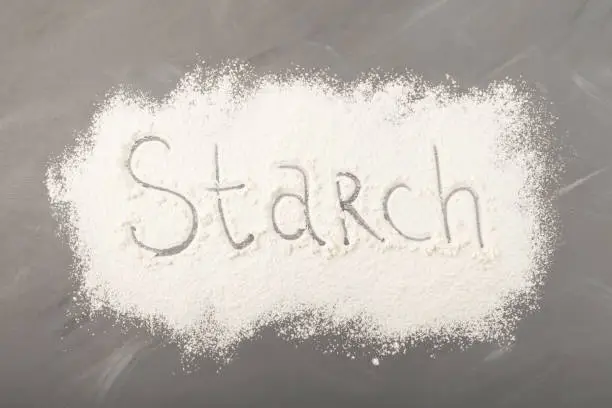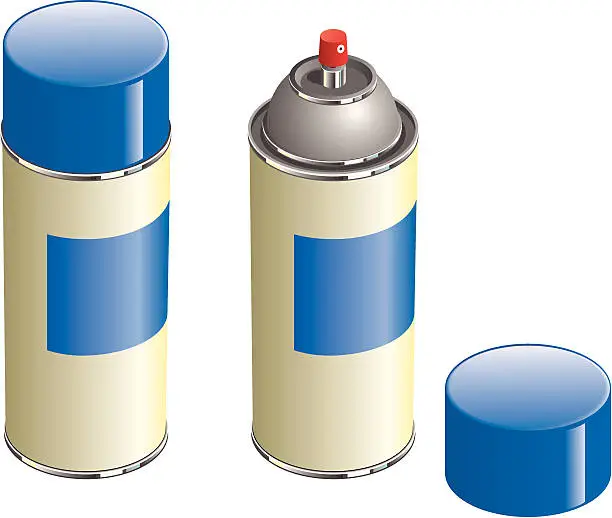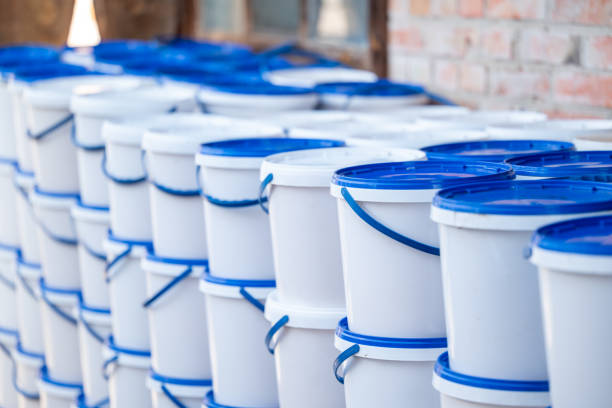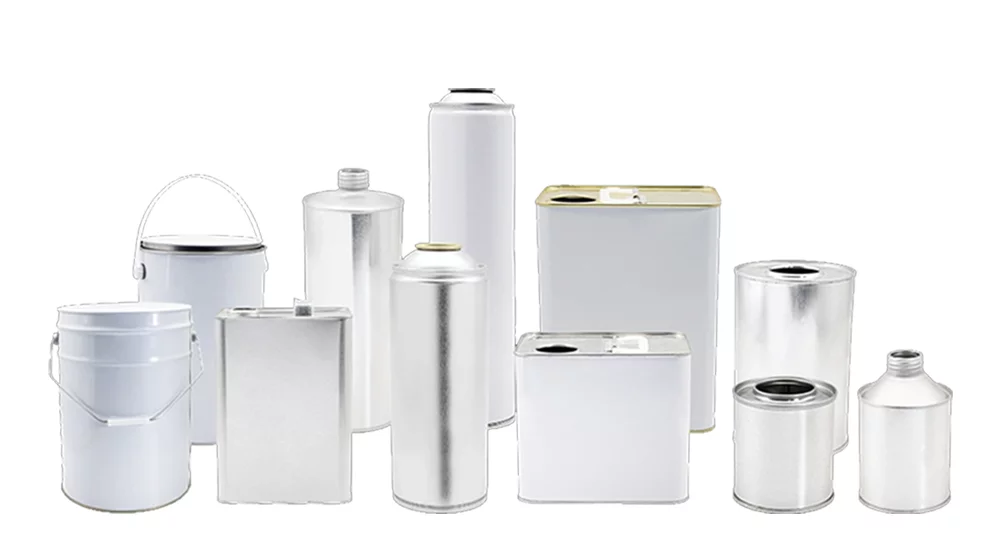Ironing is an art, and every artist needs the right tools. For many of us who care about looking crisp, neat, and well put-together, spray starch aerosol has become an essential part of our fabric care routine. Whether you’re prepping a shirt for a big presentation, ironing uniforms, or maintaining your linens, the magic in a can makes all the difference.
This guide offers a comprehensive, in-depth user-oriented journey into spray starch aerosols, touching every angle from practical use to expert tips. We’ll dive into everything from how it works and why it matters to safety concerns, DIY alternatives, and selecting the best brand. Let’s unfold this topic.
A Brief History of Spray Starch

Before we jump into the technicals, let’s take a look at where it all started.
The Origins of Fabric Starching
Fabric starching dates back centuries, when people used rice or wheat starch to stiffen garments. In the Victorian era, starch was a hallmark of cleanliness and status. Maids and laundresses would painstakingly boil and apply starch by hand.
The Birth of Aerosol Starch
The idea of combining starch with an aerosol propellant emerged in the mid-20th century, revolutionizing garment care. Suddenly, stiff collars didn’t require hours of work—just a press of a button. Spray starch aerosols became household staples in the 1960s and have evolved into more sophisticated formulas ever since.
What is Spray Starch Aerosol?
At its core, spray starch aerosol is a canned product that dispenses a fine mist of starch mixed with water and propellant. The mist dries quickly, creating a thin film that helps fabrics hold their shape.
Main Ingredients
-
Starch (usually corn, wheat, or rice-based)
-
Water
-
Propellant gases (like butane or propane)
-
Fragrance
-
Preservatives and binders
Each brand has its own formula, optimized for different types of fabric and stiffness levels.
Aerosol vs Traditional Starch
| Feature | Spray Starch Aerosol | Traditional Starch (Liquid) |
|---|---|---|
| Application | Easy, even spraying | Requires soaking or dilution |
| Drying Time | Fast | Slower |
| Convenience | Highly portable | Requires more prep |
| Finish Quality | Consistently smooth | Depends on technique |
For the everyday user, spray starch aerosols provide unmatched convenience. It’s perfect for those of us who value results without the mess.
How Does Spray Starch Work?

When sprayed onto fabric and then ironed, the starch molecules bond to the fibers. As the heat evaporates the water and propellant, it leaves behind a rigid structure that reinforces the fabric’s original form.
This is why collars, cuffs, and pleats stay crisp—spray starch reinforces their shape.
A Brief History of Spray Starch
Before we jump into the technicals, let’s take a look at where it all started.
The Origins of Fabric Starching
Fabric starching dates back centuries, when people used rice or wheat starch to stiffen garments. In the Victorian era, starch was a hallmark of cleanliness and status. Maids and laundresses would painstakingly boil and apply starch by hand.
The Birth of Aerosol Starch
The idea of combining starch with an aerosol propellant emerged in the mid-20th century, revolutionizing garment care. Suddenly, stiff collars didn’t require hours of work—just a press of a button. Spray starch aerosols became household staples in the 1960s and have evolved into more sophisticated formulas ever since.
What is Spray Starch Aerosol?
At its core, spray starch aerosol is a canned product that dispenses a fine mist of starch mixed with water and propellant. The mist dries quickly, creating a thin film that helps fabrics hold their shape.
Main Ingredients
-
Starch (usually corn, wheat, or rice-based)
-
Water
-
Propellant gases (like butane or propane)
-
Fragrance
-
Preservatives and binders
Each brand has its own formula, optimized for different types of fabric and stiffness levels.
How to Use Spray Starch Aerosol Properly

Step-by-Step Guide:
-
Shake the Can Well: Always shake the can before use to ensure even distribution.
-
Hold the Can Upright: Keep it about 6-10 inches away from the fabric.
-
Spray Evenly: Use a sweeping motion. Don’t saturate one spot.
-
Iron While Damp: For best results, iron the fabric while it’s slightly damp from the spray.
-
Let Cool Flat: After ironing, lay the garment flat to cool and set the finish.
Is Spray Starch Safe?
Inhalation Risk
Avoid using in unventilated spaces. Propellants and fine starch particles can irritate lungs if inhaled regularly.
Skin Contact
Most users won’t have issues, but some with sensitive skin may experience irritation. Always wash hands after use.
Fabric Sensitivity
Test on a small patch first. Delicate fabrics like silk or synthetics can discolor or stiffen too much.
Fire Hazard
Because it contains flammable propellants, keep away from open flames and do not puncture or incinerate the can.
Does Spray Starch Aerosol Expire?
Yes, it can.
Shelf Life
Most cans last 2-3 years if stored properly (cool, dry place away from sunlight).
Signs of Expiration
-
Sputtering spray: The propellant may have leaked.
-
Funky odor: Indicates bacterial growth.
-
Separation or clogging: A sign the starch has degraded.
Don’t use expired spray starch—it won’t perform well and may damage fabrics.
Troubleshooting Common Issues

| Problem | Cause | Solution |
|---|---|---|
| White flakes on clothes | Overuse or not shaking well | Use less, shake can thoroughly |
| Starch buildup on iron | Excess starch or low temp | Clean your iron regularly |
| Sticky residue | Low-quality starch | Switch to a premium brand |
| Can stops spraying | Clog in nozzle | Rinse under warm water |
User Reviews and Real-World Experience
Most users find that spray starch aerosol is a game-changer for keeping clothes wrinkle-free. Frequent travelers, professionals, and even costume designers swear by it.
A few tips from experienced users:
-
“Use a pressing cloth on dark fabrics to prevent flaking.”
-
“Always starch before long meetings or interviews—it boosts confidence.”
FAQ: Spray Starch Aerosol
Q1. Can I make spray starch at home?
Yes! Mix 1 tablespoon of cornstarch with 2 cups of water, boil, and let cool. Pour into a spray bottle. It won’t last as long as commercial versions, though.
Q2. Is spray starch suitable for ironing jeans?
Absolutely. It can give your jeans a crisp, clean look—just use a heavier starch.
Q3. Will spray starch attract insects?
If not stored properly, starch can attract pests. Always wipe spills and store in a cool, sealed space.
Q4. Can spray starch damage my iron?
Not if you clean it regularly. Starch residue can build up over time.
Q5. Can I travel with a spray starch aerosol can?
Not in carry-on luggage—TSA restricts aerosols. Check it in your baggage or use a travel-sized version.
Q6. Is it safe for all fabrics?
No. Avoid using on silk, lace, or synthetics without testing first.
FANXUN: Your Trusted Partner in Spray Starch Aerosols
When it comes to world-class manufacturing and supply, FANXUN stands at the forefront of the spray starch aerosol industry. With decades of expertise, advanced R&D, and customizable product lines, FANXUN offers:
-
Various shapes and nozzle designs
-
Eco-conscious and high-performance formulations
-
Custom packaging solutions
-
Global distribution and OEM services
Whether you’re a retailer, wholesaler, or direct consumer, FANXUN can deliver products that meet your exact needs—on time and within budget.
Conclusion: Why Spray Starch Aerosol Deserves a Spot in Your Home
Spray starch aerosol isn’t just about aesthetics—it’s about convenience, professionalism, and confidence. Whether you’re heading to a big meeting or prepping your guest room, this versatile product ensures everything looks its best with minimal effort.
And if you’re searching for reliability, performance, and variety, FANXUN is your go-to manufacturer. They combine innovation, quality, and customer focus to bring the best spray starch solutions to markets worldwide.






















